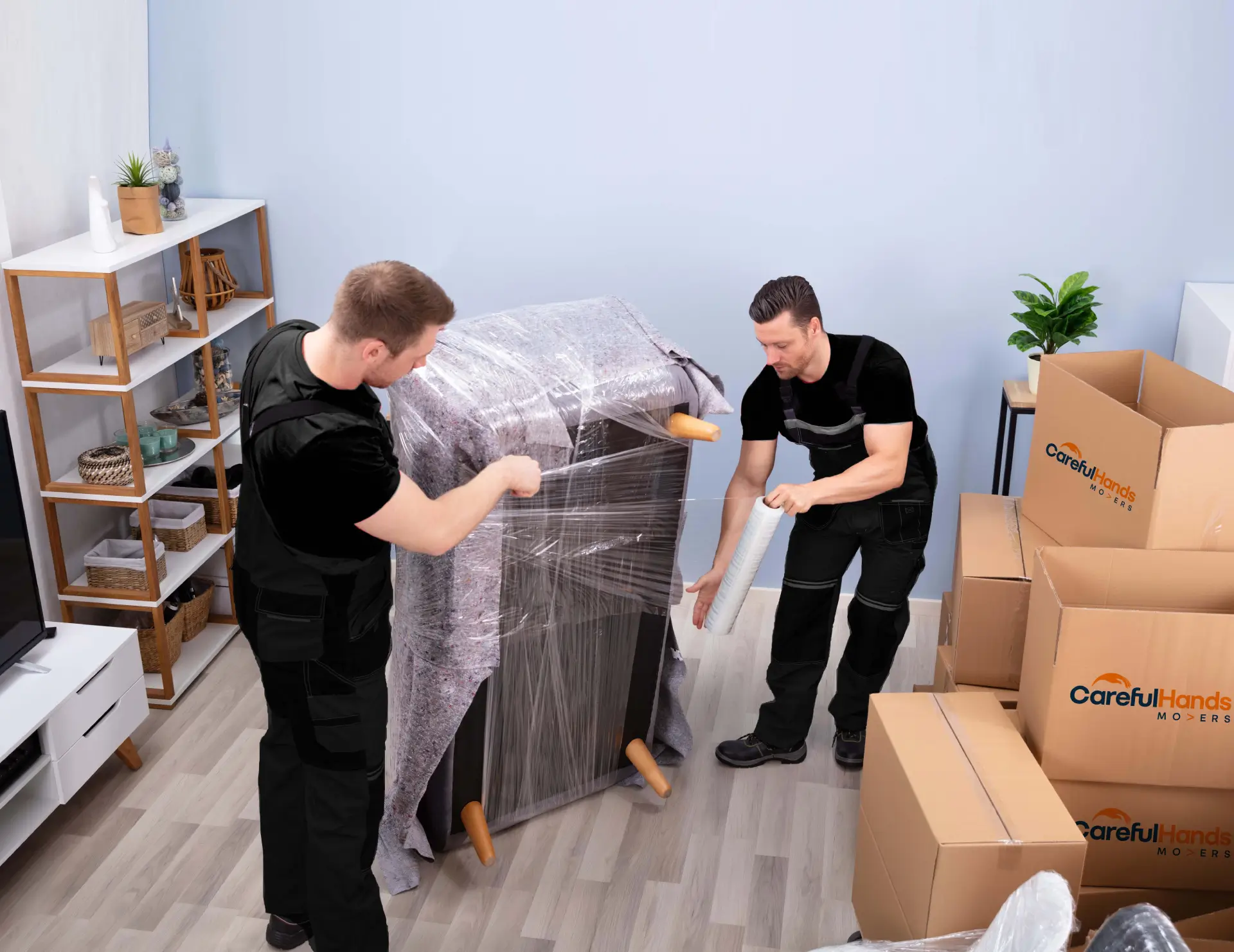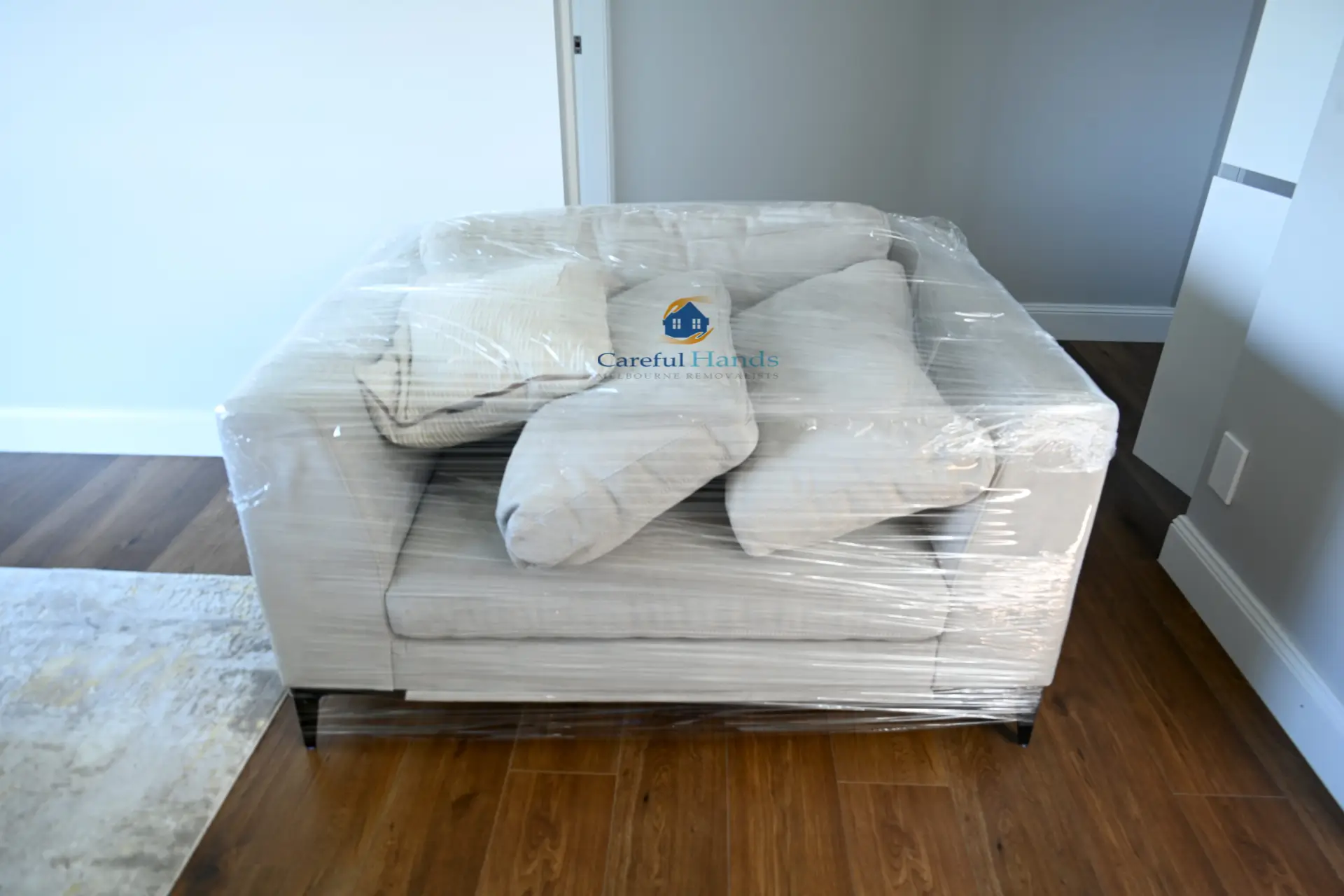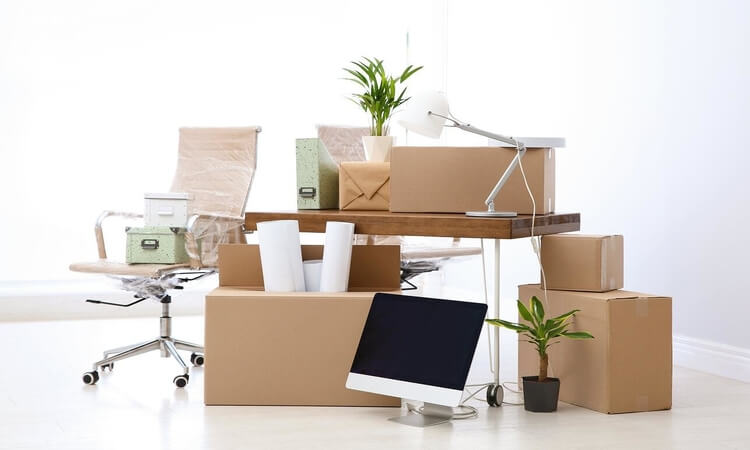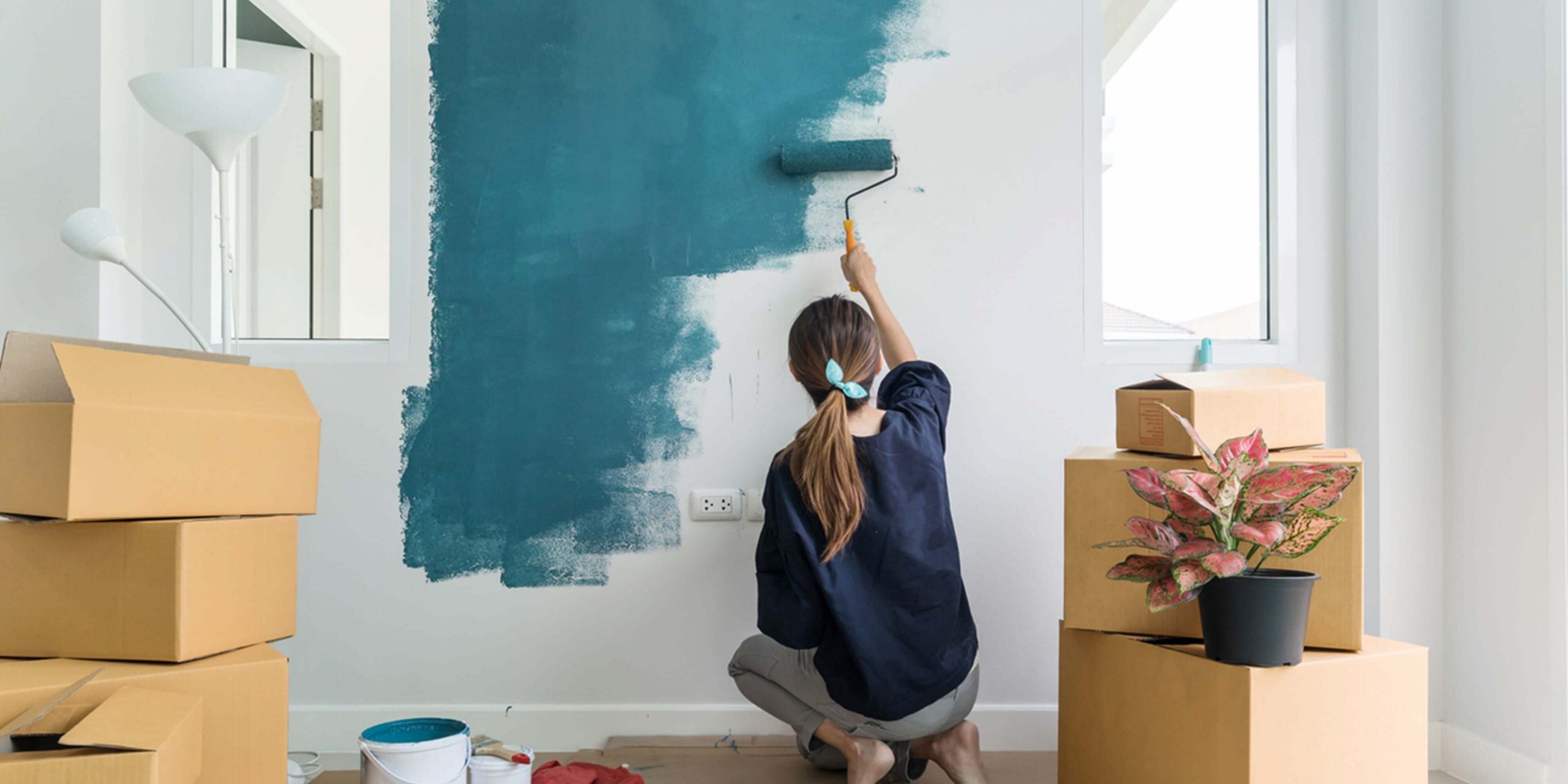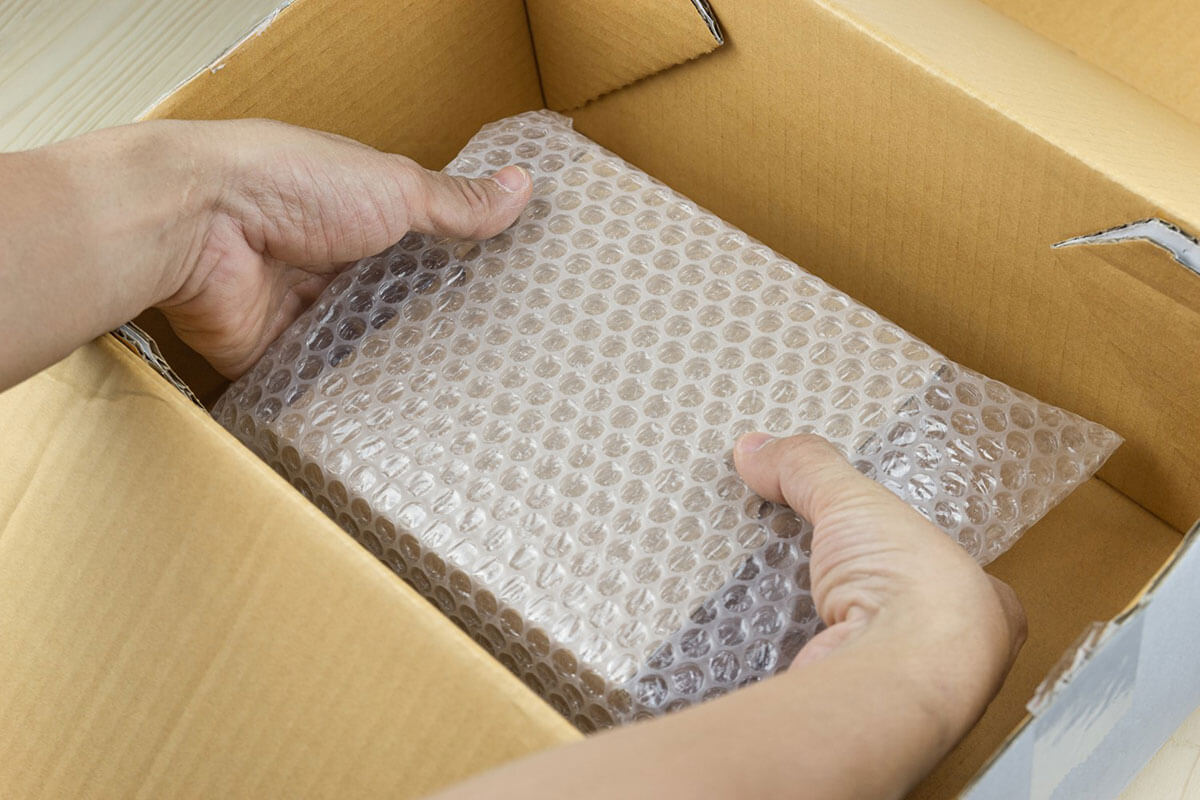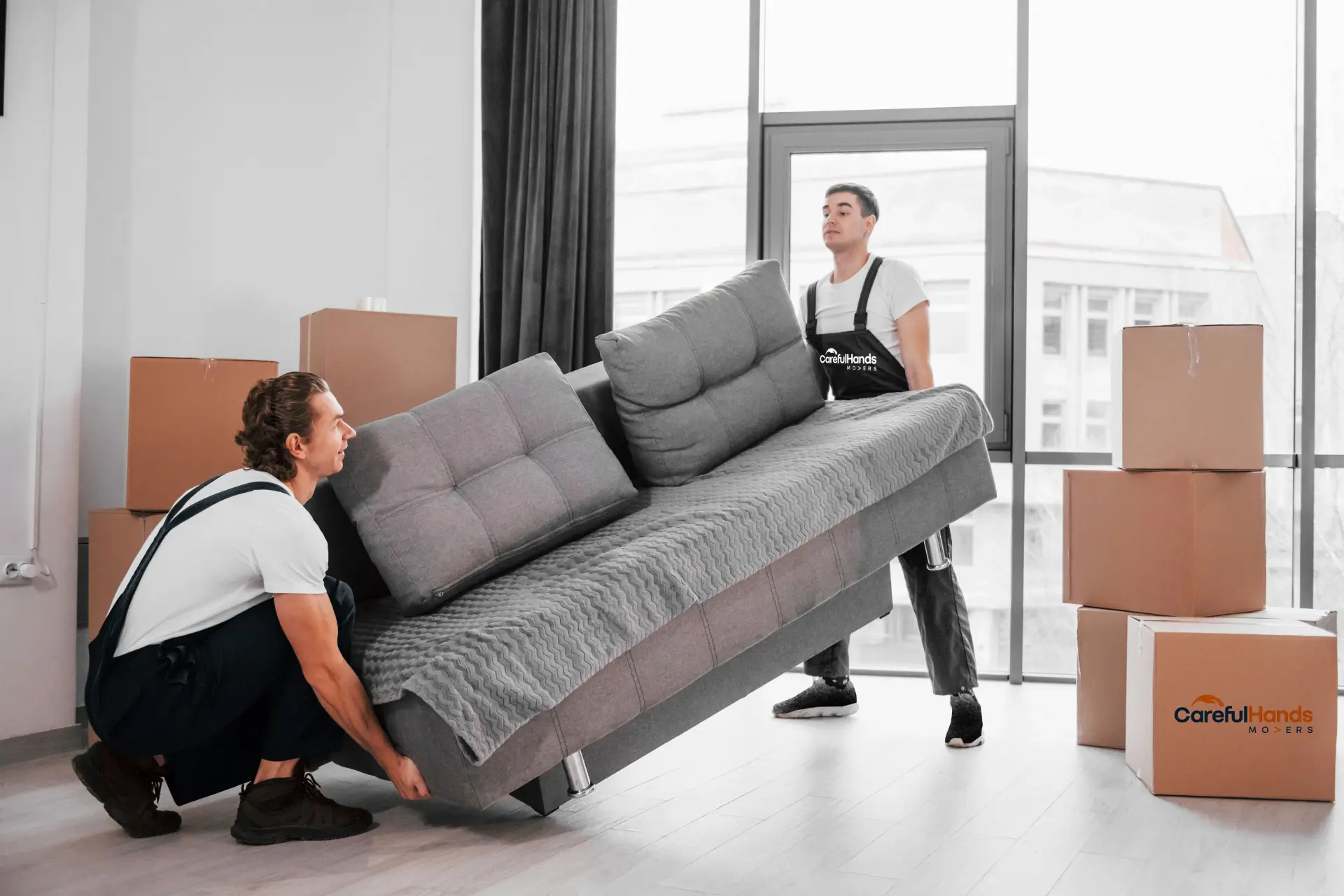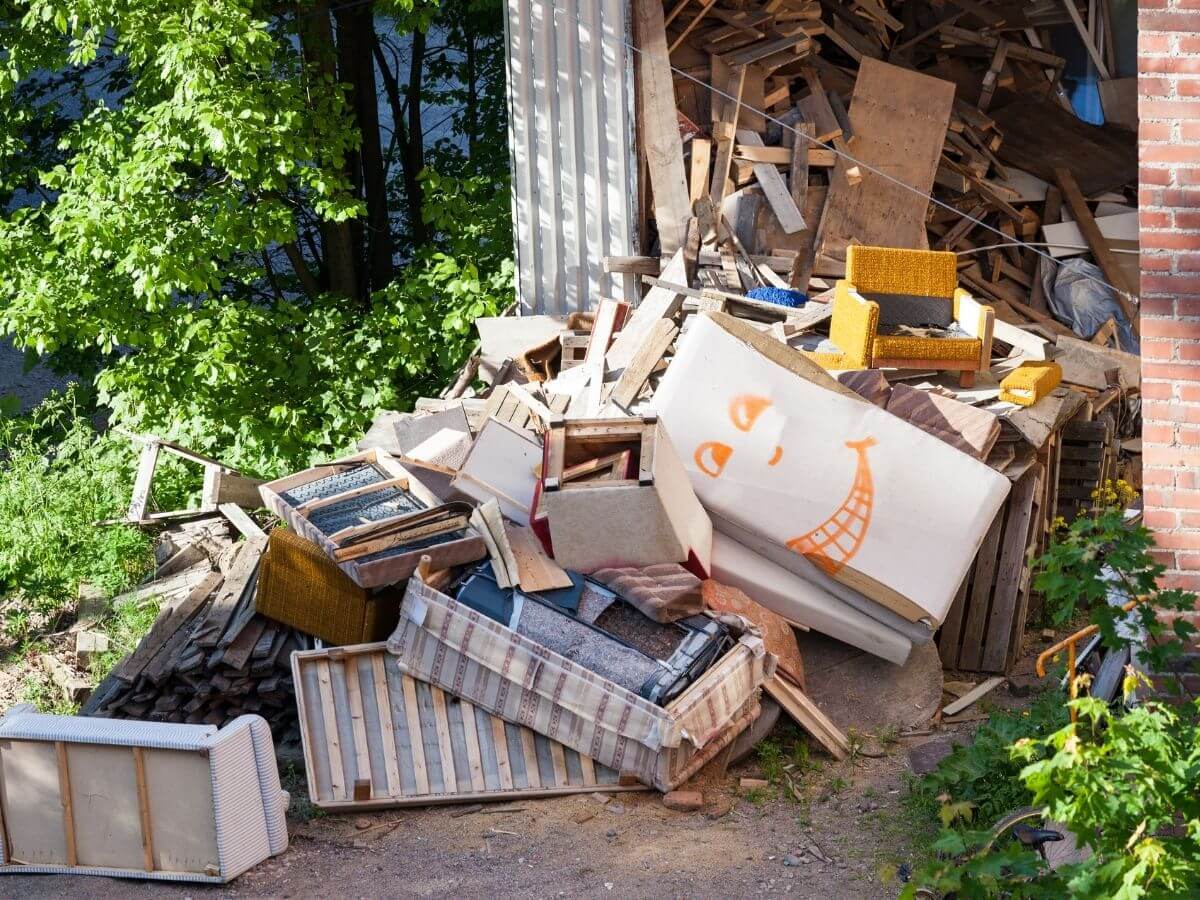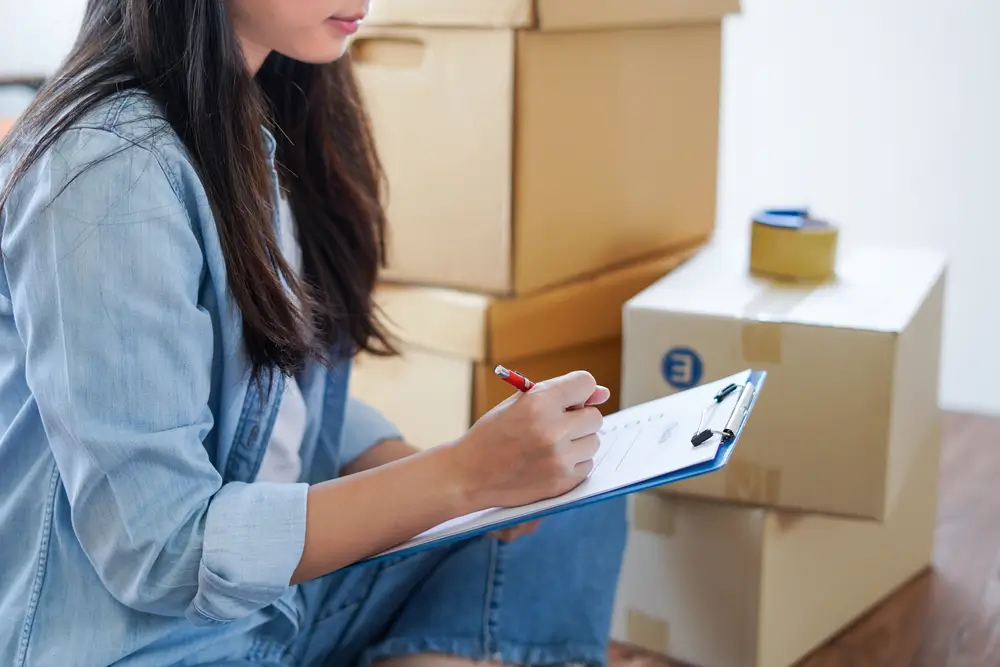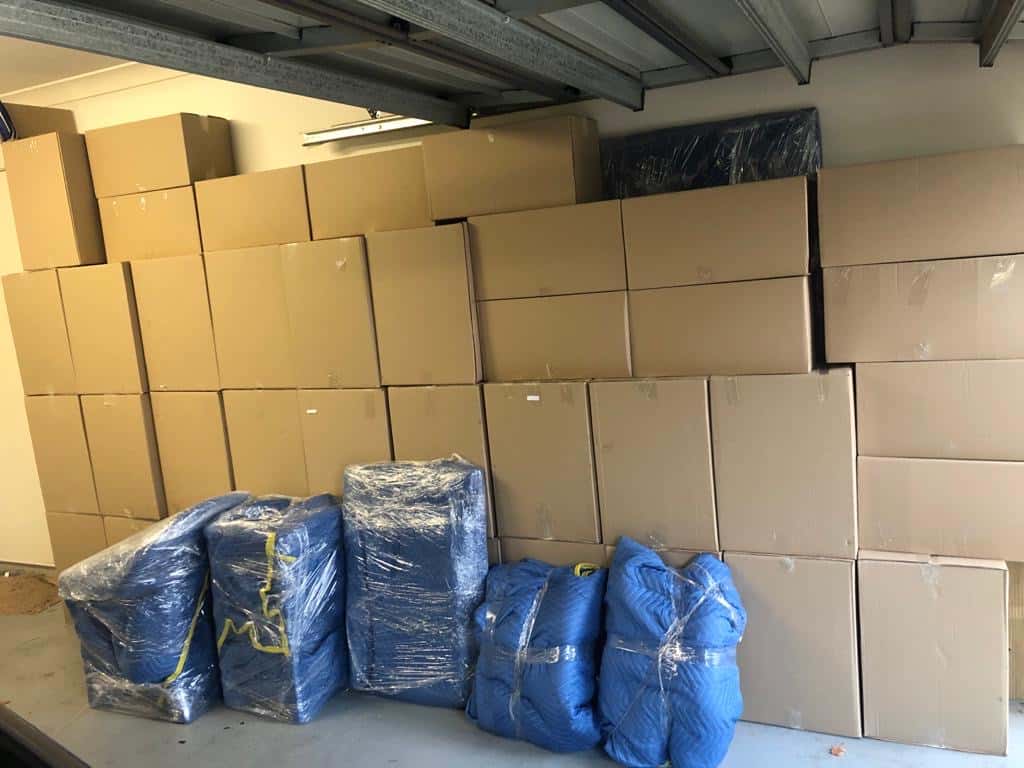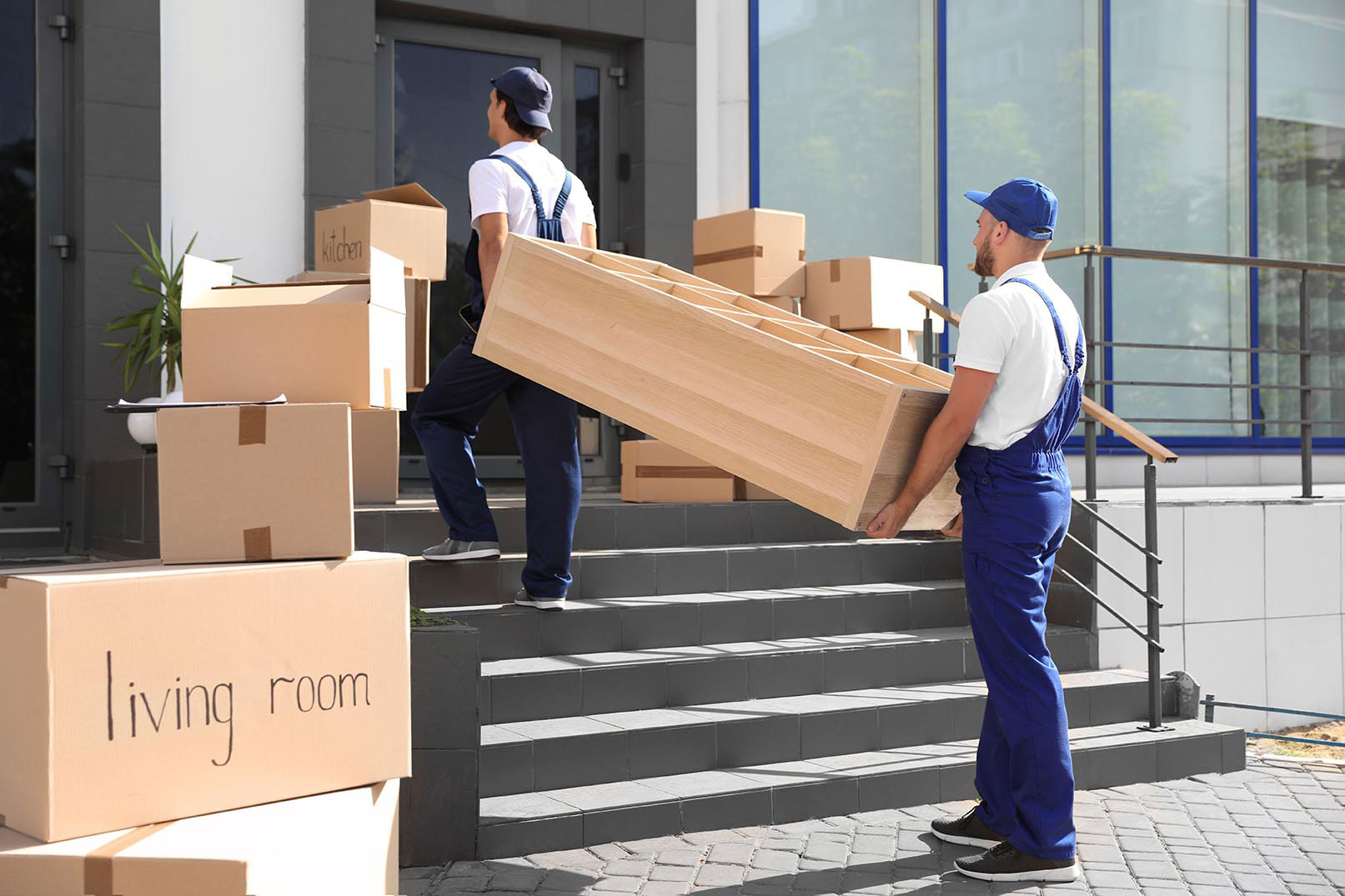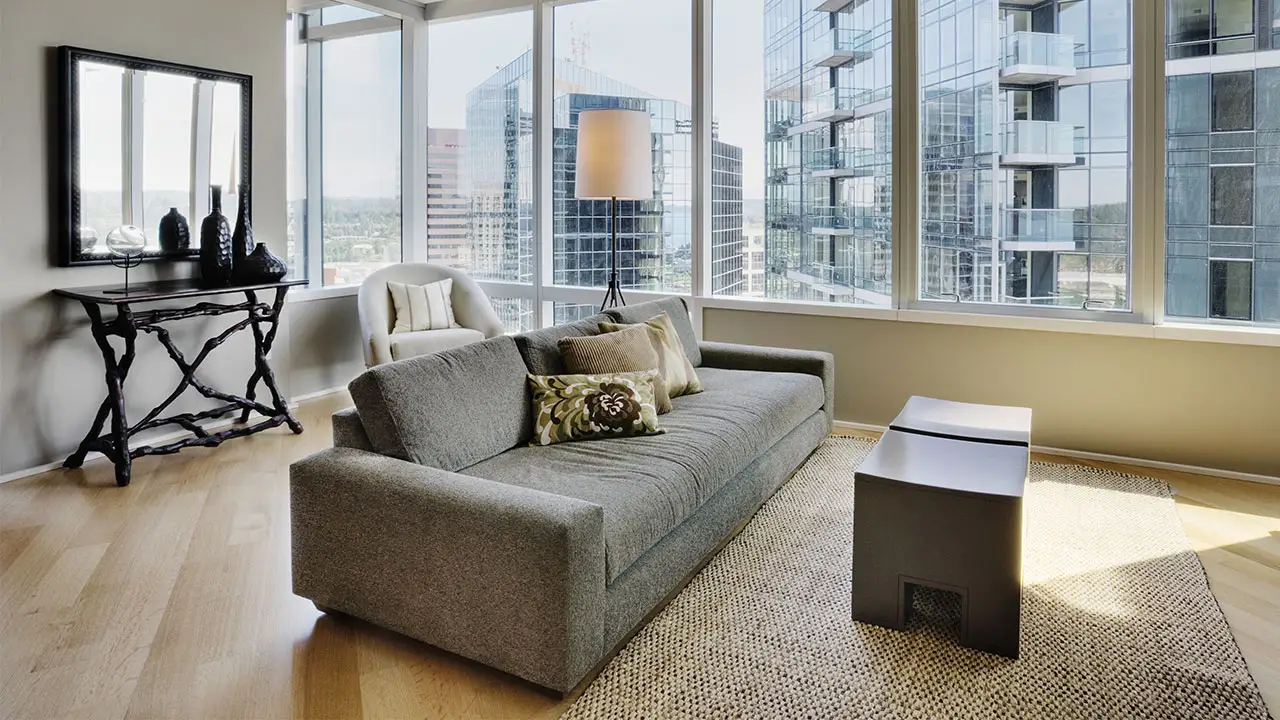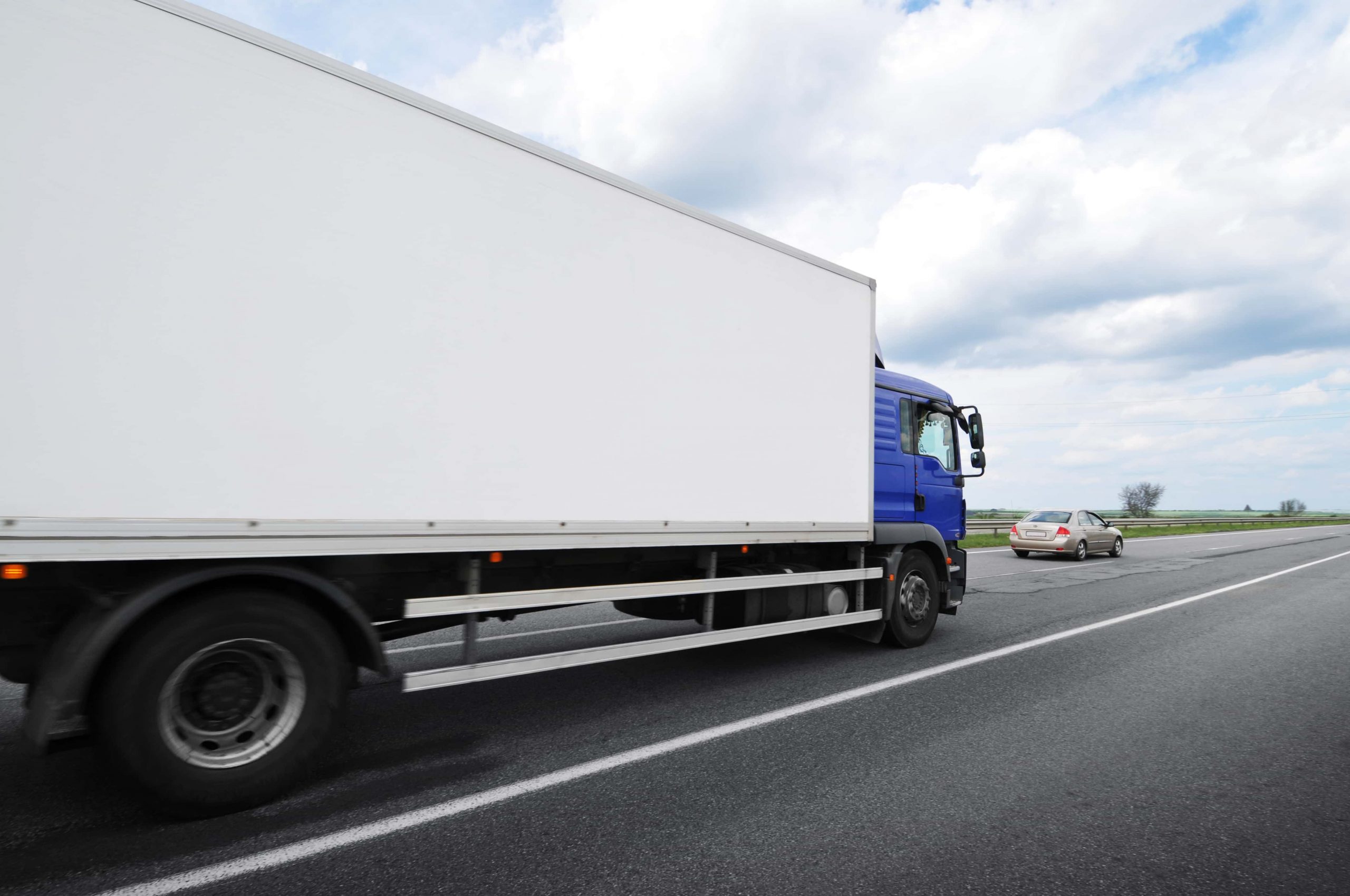How to Prevent Damage to Property When You Move
Moving is a big job, and there is always the potential for property damage during the process. Even with seasoned removalists, there’s always the possibility of an accidental drop or scrape on the door frames or cabinet doors. It also takes skill to avoid sliding furniture when negotiating sharp corners.
Besides door frame guards, here are some tips to prevent damage to your property when you move with a moving company or by yourself.
1. Don’t procrastinate packing
Start well in advance of your move date. This will give you plenty of time to pack carefully and avoid rushing, which can lead to breakage. While you’re at it, make sure you protect door frames by adding corner guards or tape to prevent sharp edges from hitting the door frame when you do start your move.
2. Get the right packing materials
Use high-quality boxes and bubble wrap to protect your belongings. Avoid using old newspapers as they can leave ink stains on your items. Plastic wrap and sturdy boxes are must-haves, as well as carpet film protectors, packing tape and moving pads to protect floors and protect stairs when moving house.
3. Label all of your boxes
Labeling will help you track what is in each box, making unpacking easier and preventing you from accidentally opening the wrong box and damaging the contents. For large boxes, make sure they are not packed to the brim since this can cause them to break or collapse inside the moving truck.
4. Be careful when carrying boxes
Lift with your legs, not your back, and be sure to ask for help if a large box is too heavy. Dropping a box can cause the contents to break.
5. Don’t overload the boxes
Pack them so they are not too heavy to lift, and distribute the weight evenly. An overloaded or unbalanced box is more likely to tip over and break.
6. Use furniture pads and moving blankets
Wrap your furniture in furniture pads or blankets to protect it from scratches or dents.
7. Take apart furniture
If possible, take apart furniture before moving it. This will make it easier to carry and will help prevent damage.
8. Be careful on stairs
Stairs can be tricky, so be extra careful when carrying boxes up or down. Having someone else hold the box while you carry it may be helpful.
9. Protect your floors from property damage
Cover your floors with plastic sheeting or cardboard to protect them from scratches or dirt.
10. Hire professional movers
If you are concerned about damaging your belongings, you may want to hire professional movers. They have the experience and equipment to move your belongings safely.
What Can be Considered as Appropriate Moving Equipment?
Dollies, hand trucks, lifting straps, and furniture blankets or pads are considered proper moving equipment in the industry.
Boxes should be sturdy and the right size for what you’re packing. Bubble wrap, packing peanuts, and other packing materials will help to protect your belongings in transit. You might also consider renting a storage container to hold your belongings during the move. This can be especially helpful if you are moving long distances or have a lot of belongings.
What Items Usually Get Damaged During a Move?
Furniture is the most common item to be damaged during a move. Other items that can be damaged include dishes, glassware, lamps, and electronics. This is because they are often not packed properly or are not protected from being dropped or smashed.
When it comes to furniture, the best way to prevent damage is to take it apart before moving it. This will make carrying easier and help distribute the weight more evenly. You should also wrap it in furniture pads or blankets to protect it from scratches or dents. Use bubble wrap or packing peanuts to fill any empty spaces in the box for dishes and glassware. This will help to prevent them from moving around and breaking.
Lamps can be wrapped in bubble wrap or blankets and packed in a box with other soft items to help protect them. Electronics should be packed in their original boxes if possible. If not, use bubble wrap to protect them from being dropped or smashed.
Does Insurance Protect You From Damage?
Most moving companies offer insurance, but it may not cover everything. It’s important to read the fine print of your policy to see what is and is not covered.
For example, most policies will not cover damage caused by improper packing or by items that were not properly protected. They also often limit the amount they will pay for damaged items.
Should you get additional insurance?
You may want additional insurance if you are concerned about damaging your belongings. This is especially true if you are moving long-distance or have valuable items.
There are two main types of additional insurance: replacement value protection and declared value protection. Replacement value protection will reimburse you for the cost of replacing an item that is lost or damaged. Declared value protection will reimburse you for the value of the item at the time it was lost or damaged.
The type of insurance you need will depend on the value of your belongings and how much you are willing to pay if something is lost or damaged.
No matter what type of insurance you have, it’s important to document the condition of your belongings before you move. This can be done by taking pictures or videos of them. This will help to prove their condition if something is lost or damaged.
Conclusion
If you are concerned about your belongings being damaged, you may want to purchase additional insurance from your moving company or another provider. You can also ask your homeowner’s or renter’s insurance policy if it covers damage during a move.
When it comes to moving, there are a lot of things to consider. These tips will help you to protect your belongings and avoid damage during the move. By taking the time to plan and pack properly, you can ensure that your move goes smoothly.
Moving Tips and Tricks
Discover efficient packing strategies, organisation hacks, and expert advice to streamline your moving process and ensure a smooth transition.

Home Maintenance and Pest Control Checklist Before Moving
Moving house is no mean feat. With so much to consider and organise, it’s easy to forget the most important tasks of all – home maintenance and pest control.
View ArticleOur Removalist Services
- Removalists Sydney
- Removalists Melbourne
- Removalists Melbourne to Sydney
- Removalists Sydney to Melbourne
- Removalists Melbourne to Adelaide
- Removalists Adelaide to Melbourne
- Removalists Melbourne to Canberra
- Removalists Canberra to Melbourne
- Removalists Melbourne to Brisbane
- Removalists Brisbane to Melbourne

